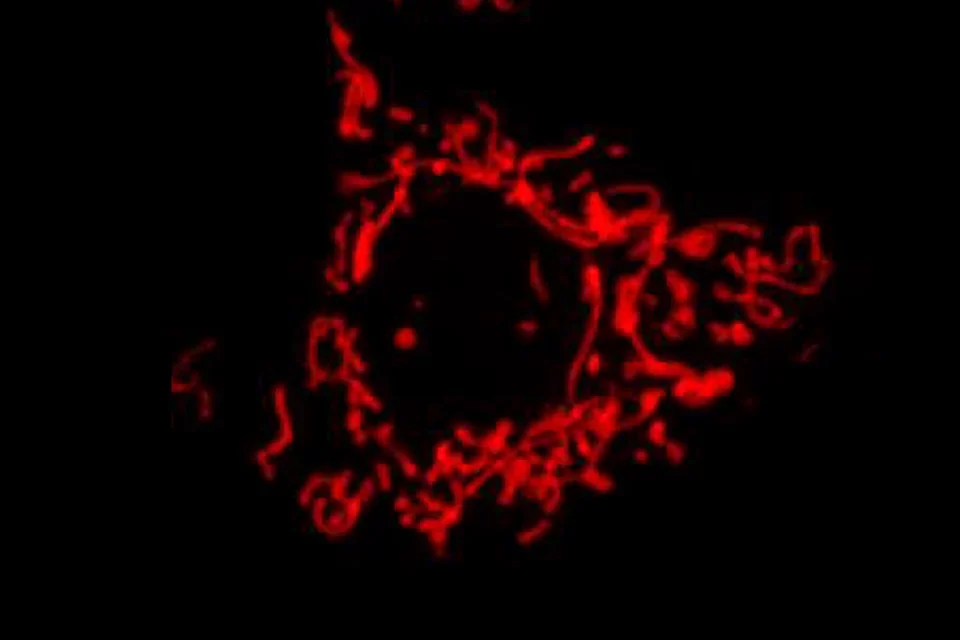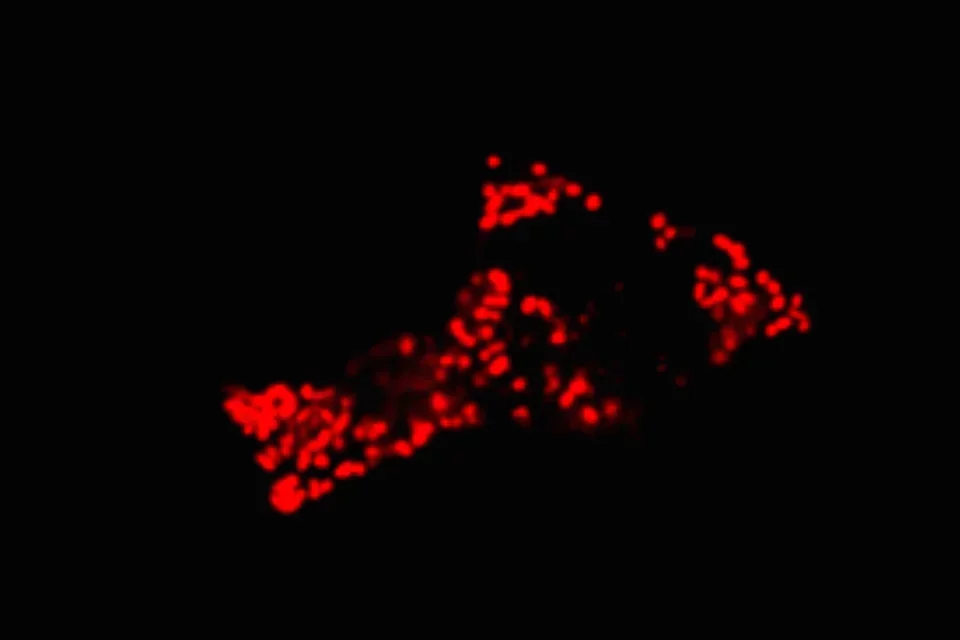Mitochondria
Mitochondria Function
What Does The Mitochondria Do?
Mitochondria, the parts of a cell that break down energy, have a breathtaking vitality, researchers say. These dynamic bodies – up to 1,000 in each cell – zoom around, continuously changing shape, dividing into segments and then bonding back together.
Trillions of mitochondria perform their dances, nonstop, during a person’s lifetime. The need to understand this dance, and the other intricacies of human metabolism, is critical to better medical treatment.
“ ”
What Does The Mitochondria Do In A Cell?
Of all of our cells’ organelles – tiny organ-like structures with specialized functions within a cell – the mitochondria structure may be the most complex. Mitochondria have their own biology and a small number of genes but must import more than 1,500 different proteins, sometimes through both of its two membranes, to carry out myriad functions.
What Is The Job Of The Mitochondria?
- Produce energy from the food we eat
- Power the cell’s production of the molecules we need to live
- Decide when the cell dies

Low-calorie consumption: Elongated spaghetti-type structures in mitochondria
- Are the origin for some genetically determined lethal diseases
- Play substantial roles in many common disorders
- Regulate aging

Excess nutrients: Fragmented rice type structures in mitochondria
Like the living bacteria they once were, mitochondria in each cell move around rapidly, fusing together and breaking apart. They change shape depending on the kind of nutrient they intend to eat.
In periods of starvation, or low-calorie consumption, mitochondria fuse together within a cell, forming elongated spaghetti-type structures. When there are excess nutrients in cells, mitochondria fragment like bits of short-grained rice.
Mitochondria Quality
Mitochondria and Nutrients
The dance between mitochondria and nutrients is related to quality control in mitochondria, says Alexander M. van der Bliek, PhD, a professor of biological chemistry at UCLA. Find out more about UCLA’s research into mitochondrial quality.
Damaged mitochondria need a way to “clean” themselves thoroughly, Van Der Bliek says. “Healthy metabolism depends on wholesome mitochondria.”
By studying these cleaning processes, UCLA researchers aim to understand how mitochondria:
- Prevent or contain damage
- Recognize and remove dysfunctional mitochondria
- Involve mitochondrial networks in these processes
